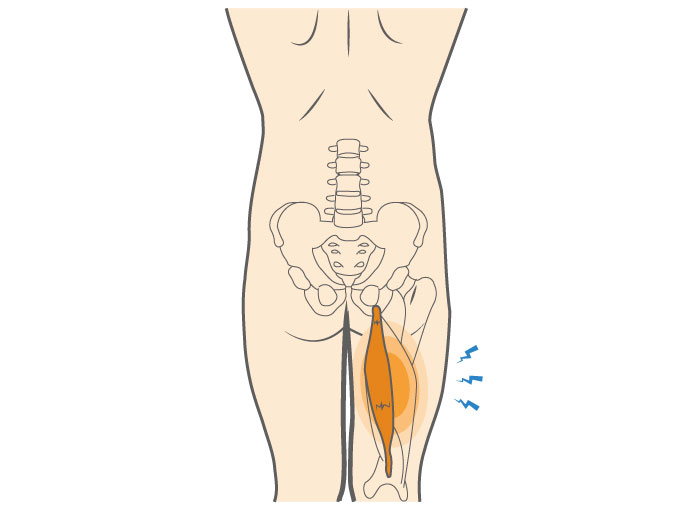Hamstring injuries are the most commonly reported injuries among athletes. The hamstring is comprised of three muscles that run along the backside of the thigh:
• Semitendinosus
• Semimembranosus
• Biceps femoris
Each muscle of the hamstring connects at the hip, at the bottom of the pelvis, and at the knee. Hamstring injuries can occur close to the hip, in the middle of the hamstring, or behind the knee. Injuries to the hamstring are classified by grades, depending on the extent of the injury:
• Grade I: A mild hamstring injury involving a strain or pull of one of the hamstring muscles.
• Grade II: A partial tear of one or more of the hamstring muscles.
• Grade III: A complete tear of one or more of the hamstring muscles.



